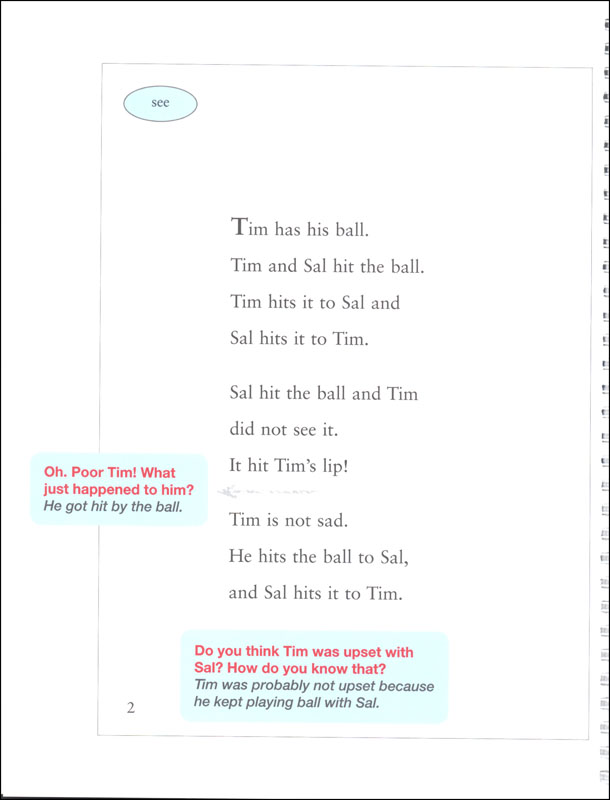

In December 2020, PAC began serial production of a more advanced Block 3 version of the aircraft with an active electronically scanned array (AESA) radar, a more powerful Russian Klimov RD-93MA engine, a larger and more advanced wide-angle Head-Up Display (HUD), electronic countermeasures, an additional hardpoint, and enhanced weapons capability. The JF-17B Block 2 variant went into serial production at PAC in 2018 and 26 aircraft were delivered to the PAF by December 2020. In 2017, PAC/CAC began developing a dual-seat variant known as the JF-17B for enhanced operational capability, conversion training, and lead-in fighter training. By 2016, PAF JF-17s had accumulated over 19,000 hours of operational flight. By April 2017, PAC had manufactured 70 Block 1 aircraft and 33 Block 2 aircraft for the PAF.

As of 2016, PAC has the capacity to produce 20 JF-17s annually. įifty-eight per cent of the JF-17 airframe, including its front fuselage, wings, and vertical stabilizer, is produced in Pakistan, whereas forty-two percent is produced in China, with the final assembly and serial production taking place in Pakistan. The JF-17 was inducted in the PAF in February 2010. The JF-17 is the backbone and workhorse of the PAF, complementing the Lockheed Martin F-16 Fighting Falcon at approximately half the cost, with the Block II variant costing $25 million. Powered by a Guizhou WS-13 or Klimov RD-93 afterburning turbofan, it has a top speed of Mach 1.6. The JF-17 can deploy diverse ordnance, including air-to-air, air-to-surface, and anti-ship missiles, guided and unguided bombs, and a 23 mm GSh-23-2 twin-barrel autocannon. The Chinese designation "FC-1" stands for "Fighter China-1". The Pakistani designation "JF-17" stands for "Joint Fighter-17", with the "-17" denoting that, in the PAF's vision, it is the successor to the F-16.


The JF-17 can be used for multiple roles, including interception, ground attack, anti-ship, and aerial reconnaissance. It was designed to replace the A-5C, F-7P/PG, Mirage III, and Mirage V combat aircraft in the Pakistan Air Force (PAF). 'Fierce Dragon'), is a lightweight, single-engine, multi-role combat aircraft developed jointly by the Chengdu Aircraft Corporation (CAC) of China and the Pakistan Aeronautical Complex (PAC). The CAC/PAC JF-17 Thunder ( Urdu: جے ایف-17 گرج), or FC-1 Xiaolong ( Chinese: 枭龙 pinyin: Xiāo Lóng lit. Chengdu Aircraft Industry Group / Pakistan Aeronautical Complex,


 0 kommentar(er)
0 kommentar(er)
